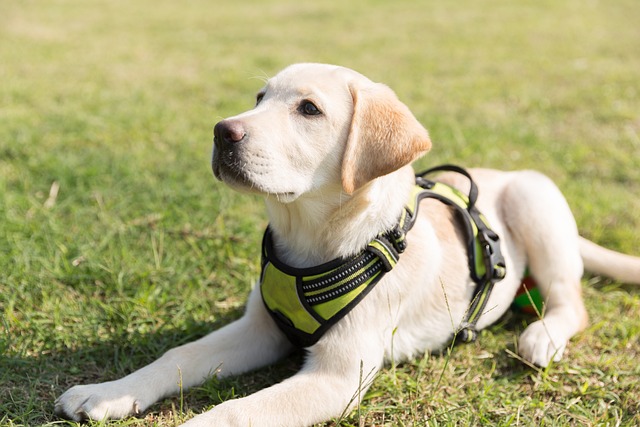
How can I tell if my dog's heatstroke is serious
Let’s be real: It’s a sticky August morning in Los Angeles, and you took your 2-year-old Golden Retriever, Max, for a walk a little later than usual
Stepping into a space where labrador puppies tumble over each other is enough to make any dog lover grin—but picking the right one means looking beyond those floppy ears. Start by sizing up the breeder. A good one won’t hesitate to show you where the mother lives, let you meet her, and share details about her health history. Labs are prone to certain genetic issues, so ask for paperwork proving the parents have been checked for hip dysplasia and eye conditions. Reputable breeders keep records, and they’ll want to know about your home too—after all, they care where their puppies end up.
Next, watch how the labrador puppy interacts with its littermates. A healthy puppy should be curious, not lethargic, and eager to explore. Notice if it plays nicely—too much dominance or fear might signal trouble down the line. Check its coat for shine, eyes for clarity, and ears for any signs of redness or odor. A quick peek at the belly can tell you a lot too—no bloating or tightness, which could mean digestive issues. Don’t be shy to ask when the puppy last ate or went to the bathroom; a breeder who’s paying attention will have those answers.
 Paperwork matters more than you might think. Along with health records, make sure there’s documentation for vaccinations—most places require core shots like parvovirus and distemper before a puppy can leave its mother. Some areas have rules about microchipping or spay/neuter requirements, so ask if the breeder has handled any of that, or if it’s up to you. Skipping these steps might land you in hot water later, not to mention risking your puppy’s health. A responsible seller will walk you through what’s needed to keep everything above board.
Paperwork matters more than you might think. Along with health records, make sure there’s documentation for vaccinations—most places require core shots like parvovirus and distemper before a puppy can leave its mother. Some areas have rules about microchipping or spay/neuter requirements, so ask if the breeder has handled any of that, or if it’s up to you. Skipping these steps might land you in hot water later, not to mention risking your puppy’s health. A responsible seller will walk you through what’s needed to keep everything above board.
Think about the puppy’s personality too. Labs are known for being friendly, but each one’s a little different. Some might be bold, racing toward you with a toy in their mouth, while others hang back a bit before warming up. Neither is wrong—what matters is matching that energy to your lifestyle. If you’re an active family, a more energetic labrador puppy might fit right in; if you prefer quiet evenings, a calmer one could be better. Spend 10 or 15 minutes just sitting with the litter—you’ll probably feel a connection with one that stands out.
Finally, trust your gut. If a breeder rushes you to decide, won’t let you see the mother, or gets defensive when you ask questions, walk away. There are plenty of people out there who love labs as much as you do and want to make sure each puppy goes to a good home. Taking the time to do this right means you’re not just buying a labrador puppy—you’re welcoming a member of the family. And that’s a decision worth getting exactly right.

Let’s be real: It’s a sticky August morning in Los Angeles, and you took your 2-year-old Golden Retriever, Max, for a walk a little later than usual

You're enjoying a summer afternoon at the park when you notice your dog has stopped panting and appears disoriented - their gums are bright red

Let’s paint the picture: You’re in your Denver apartment, watching your 4-year-old Boston Terrier, Ruby, plop down mid-play session with her favorite toy

Many dog owners notice their pets nails seem shorter after regular walks,but how much does this daily activity actually help?The answer depends on where you walk—concrete sidewalks or asphalt streets gently file nails as a dog's paws hit the ground

Most dog owners notice their pup scooting across the carpet at some point, but few connect it to impacted anal glands. These small sacs near a dog’s rectum secrete a scent for marking territory

Most vets agree that regular dog teeth cleaning is key to avoiding painful dental issues later. For healthy adult dogs, a professional cleaning at the vet’s office every 12 to 18 months usually works well.